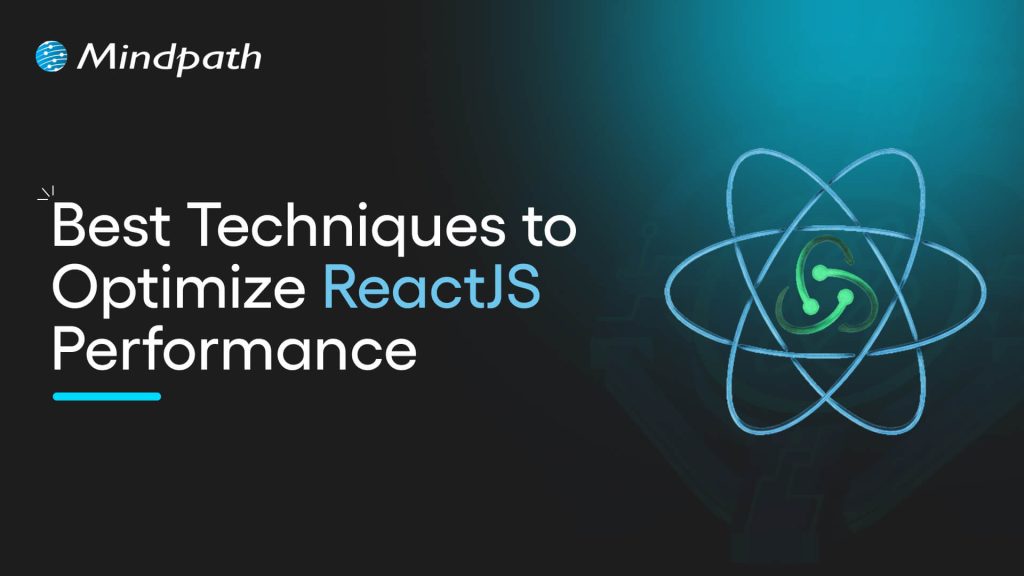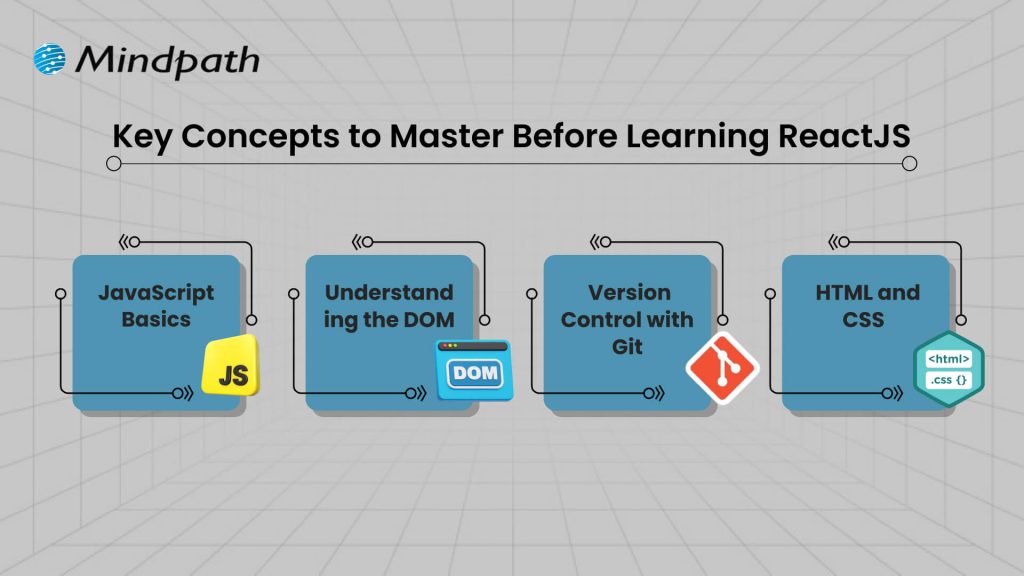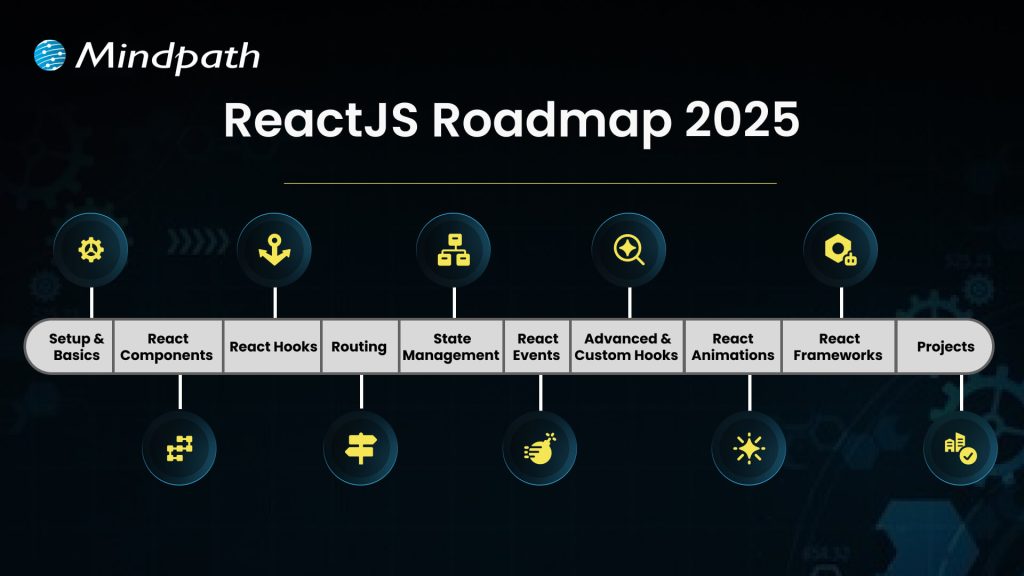Artificial intelligence has become one of the trending topics of discussion in the domain of technology, largely due to LLMs. Large language models or LLMs have made it possible to talk with AI and complete different types of actions, such as generating content or writing code. The impact of LLMs has not only redefined the conventional norms for interacting with technology but also provided new perspectives on information processing. Therefore, more people want to learn about LLMs and how they work. Let us discover how LLMs have become a powerful force in the AI landscape with an overview of their fundamentals.
Understanding Large Language Models
The obvious questions on the mind of any beginner are “What are Large Language Models?” and how they work. You can think of them as AI models which use deep learning, a sophisticated form of machine learning that leverages neural networks. Neural networks are a type of computational system designed along the lines of the human brain, with the interconnected layers represented neurons. LLMs rely on deep learning as it helps in finding intricate patterns in massive training datasets.
The definition in any Large Language Models beginner guide also focuses on the size of LLMs. You must know that the “Large” in LLMs is not an exaggeration as LLMs are built by training on large amounts of data. The data used to train LLMs is obtained from various sources, including the internet, books and many other sources of information. The large amount of training data ensures that LLMs have capabilities for recognizing, translating, predicting and generating human-like text.
Identifying the Driving Force behind LLMs
The features of LLMs create questions about the special component that makes them so powerful. Most of the answers to “what is LLM?” focus on the transformer architecture and the attention mechanism. Transformer architecture refers to a neural network design created to process sequential data like text. Conventional models experienced troubles in learning the long-range dependencies in sentences. However, transformers changed the game by introducing the self-attention mechanism.
Almost every LLM definition sheds light on the impact of the self-attention mechanism on the working of LLMs. Self-attention mechanism of transformer architecture measures the significance of different words in a sentence with respect to each other, irrespective of their position. It helps in improving contextual understanding, which serves useful in generating coherent and relevant text.
The design of the transformer architecture involves an encoder and decoder. The encoder transforms the input text into numerical representations, which capture the syntax and semantic meaning of the input text. Subsequently, the decoder uses the numerical representation to craft the output sequence, on the basis of the context offered by the encoder.
How Do LLMs Learn to Respond to Instructions?
Do LLMs work only with the data used for their training? The basic explanation for LLM means that it uses massive amounts of data in its training. However, it is only the initial stage of training, where the LLM gains general understanding of language from different datasets. The process is known as pre-training and involves subjecting an AI model to unsupervised learning. Pre-training empowers AI models to predict the next word in a sentence based on the preceding words. The pre-training process helps the LLM in understanding grammar, factual knowledge, statistical patterns and syntax of language.
Another crucial process that you may come across in a large language model tutorial is fine-tuning. Once the pre-training process is complete, you can use fine-tuning to prepare the model for domain-specific tasks. Fine-tuning involves the use of smaller datasets focused on the corresponding domain to optimize language models for certain tasks. For instance, you can fine-tune an LLM to serve support for medical diagnosis or creation of legal document summaries.
Prompt engineering is also another notable element in the world of LLMs as it focuses on creating effective instructions. You can take any introduction to LLMs and find insights on the significance of prompt engineering. The best thing about prompt engineering is that you can craft effective instructions to draw desired outputs from LLMs. With prompt engineering, you can teach language models how to work on new tasks without an extensive overhaul.
Discovering the Essential LLM Concepts for Beginners
As a beginner, you must know some of the most crucial concepts required to work with LLMs. The essential concepts related to LLMs that you should learn before using the models include tokens, embeddings, context window, temperature and model parameters. Let us discover more about the significance of these concepts for LLMs.
1. Tokens
A review of different examples of LLMs will help you know that language models break down text into smaller units. The small units or tokens can be words or characters in the sentence, represented as numbers. Tokens help language models understand natural language and respond to user queries.
2. Embeddings
Embeddings are the numerical representation of tokens, which capture their semantic meaning. Words with similar meaning will have embeddings close to each other in a multi-dimensional space. The embeddings help the model understand the context and relationship between different words in text.
3. Model Parameters
Another important addition among concepts of LLM for beginners points at model parameters. The model parameters are the weights and biases in a neural network, capable of encoding the complete knowledge of the model. New LLMs come with billions and some with trillions of parameters. Adding more parameters improves the performance of LLMs albeit with the burden of increasing demand for computational resources.
4. Context Window
The context window represents the maximum amount of text that the model can evaluate at once. You can think of the context window of a LLM as its short-term memory as the model does not take information outside the context window for the current processing step.
5. Temperature
The description of different large language models examples also showcases the importance of temperature for language models. Temperature is responsible for determining the level of creativity and randomness in the output of language models. Lower temperatures lead to creation of deterministic models while higher temperature introduces more randomness, leading to creative responses. However, higher temperature also means that the responses may be less predictable.
Real-World Applications of LLMs
The popularity of LLMs can be attributed to the growing number of their use cases in the real world. As the capabilities of LLMs continue to expand and evolve, they can serve as key ingredients for innovation in any industry. The following real-world applications of LLMs can help you measure their significance in the domain of technology.
1. Customer Support Chatbots
One of the notable examples which serve the ideal answer to ‘why are large language models’ is the broad range of advanced chatbots and virtual assistants. LLMs can power chatbots to provide automated and personalized customer support anytime. The capabilities of language models help chatbots in answering complex queries and streamlining customer service operations through contextual understanding and sentiment analysis.
2. Content Generation
LLMs are also popular in the field of content generation, ranging from essays to marketing materials. You can find examples of language models like ChatGPT serving millions of users with content creation benefits. Language models can accelerate the content creation process by providing ideas, initial drafts or even creating new content from scratch.
3. Coding
The use cases of LLMs in the real world also draw attention towards their applications in generating code. One of the notable examples of language models used in code generation is GitHub Copilot. It uses language models to provide real-time coding suggestions and generate complex programs, thereby improving developer efficiency.
4. Education and Professional Training
LLMs are becoming more important in the domain of education and training as they can offer personalized learning experiences. AI chatbots in the field of education can not only generate educational content but also provide personalized explanations. Language models can offer the benefit of adaptive learning systems that teach according to the expertise of learners.
5. Business Operations
With the consistently increasing levels of sophistication in deep learning models, LLMs will offer stronger foundation for improving productivity in business operations. LLM-based tools can help businesses address different issues, such as improving employee efficiency, summarizing meetings and automating routine, repetitive tasks. Language models will define the future of competitive advantage by facilitating workflow streamlining in different departments.
Do LLMs Have Limitations?
Yes, language models also have limitations such as lack of access to knowledge, computational resources, AI hallucination and biases. LLMs cannot deliver relevant responses when they don’t have the data required for pre-training or fine-tuning. At the same time, you cannot trust the responses of pre-trained LLMs which do not update their knowledge base.
Language models, especially the ones relying on deep learning, require high-end computational resources. As a result, implementing LLMs comes at a significant cost. On top of it, you cannot undermine the threat of AI bias and hallucinations that might lead to discriminatory or completely irrelevant output.
Final Thoughts
The fundamentals of LLMs reveal that they are an integral component of the modern AI landscape. During the process of understanding large language models, you can learn how they work with the transformer architecture. On top of it, the introductory guide on LLMs revealed the essential concepts, such as context window, tokens and embeddings. Learn more about LLMs and discover how to use them in your business right now.














